Increased Construction Activities
The Non-Resilient Flooring Market is significantly influenced by the surge in construction activities across various sectors. With urbanization and population growth, there is a heightened need for residential, commercial, and industrial spaces, leading to an increase in new construction projects. This trend is particularly evident in emerging markets, where infrastructure development is prioritized. Data suggests that the construction sector is expected to grow at a steady rate, which in turn fuels the demand for flooring solutions that are durable and aesthetically pleasing. As builders and developers seek to meet the needs of modern consumers, the Non-Resilient Flooring Market stands to benefit from the increased demand for high-quality flooring materials that can withstand the rigors of daily use while maintaining their visual appeal.
Rising Demand for Aesthetic Appeal
The Non-Resilient Flooring Market experiences a notable increase in demand driven by consumers' desire for aesthetic appeal in their living and working spaces. As interior design trends evolve, homeowners and businesses alike seek flooring solutions that not only serve functional purposes but also enhance the overall visual appeal of their environments. This trend is reflected in the growing popularity of materials such as hardwood, laminate, and tile, which are often favored for their ability to mimic natural materials while providing durability. According to recent data, the market for hardwood flooring alone is projected to reach substantial figures, indicating a robust interest in high-quality, visually appealing flooring options. As a result, manufacturers are increasingly focusing on innovative designs and finishes to cater to this demand, thereby driving growth within the Non-Resilient Flooring Market.
Technological Innovations in Flooring
Technological advancements play a crucial role in shaping the Non-Resilient Flooring Market. Innovations in manufacturing processes and materials have led to the development of flooring products that offer enhanced durability, ease of maintenance, and improved installation methods. For instance, the introduction of advanced locking systems in laminate flooring has simplified the installation process, making it more accessible for consumers. Additionally, the use of eco-friendly materials and finishes is becoming more prevalent, aligning with the growing consumer preference for sustainable options. As technology continues to evolve, it is likely that the Non-Resilient Flooring Market will see further innovations that enhance product performance and appeal, thereby attracting a broader customer base.
Expansion of Retail and E-commerce Channels
The Non-Resilient Flooring Market is experiencing a transformation due to the expansion of retail and e-commerce channels. As consumers increasingly turn to online platforms for their purchasing needs, flooring manufacturers and retailers are adapting their strategies to reach a broader audience. The convenience of online shopping allows consumers to explore a wide range of flooring options from the comfort of their homes, facilitating informed decision-making. Additionally, the rise of specialized e-commerce platforms dedicated to home improvement products is further driving sales in the Non-Resilient Flooring Market. This shift not only enhances accessibility for consumers but also encourages competition among manufacturers to offer innovative and appealing products, ultimately benefiting the market as a whole.
Growing Awareness of Hygiene and Cleanliness
The Non-Resilient Flooring Market is witnessing a shift in consumer preferences towards flooring solutions that promote hygiene and cleanliness. As awareness of health and wellness increases, particularly in residential and commercial spaces, there is a growing demand for flooring materials that are easy to clean and maintain. Non-porous surfaces, such as tiles and vinyl, are particularly favored for their ability to resist stains and bacteria, making them ideal choices for high-traffic areas. Market data indicates that the demand for hygienic flooring solutions is on the rise, as consumers prioritize health considerations in their purchasing decisions. This trend is likely to continue influencing the Non-Resilient Flooring Market, as manufacturers respond by developing products that meet these evolving consumer needs.


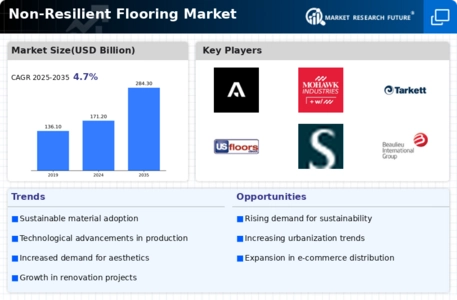

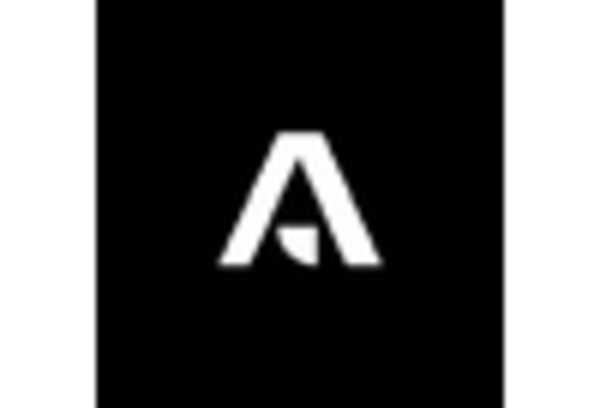
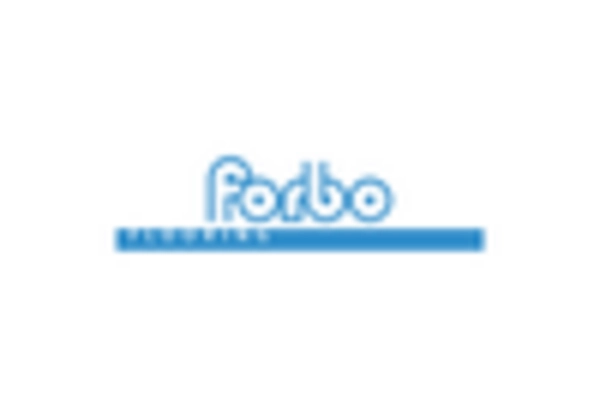
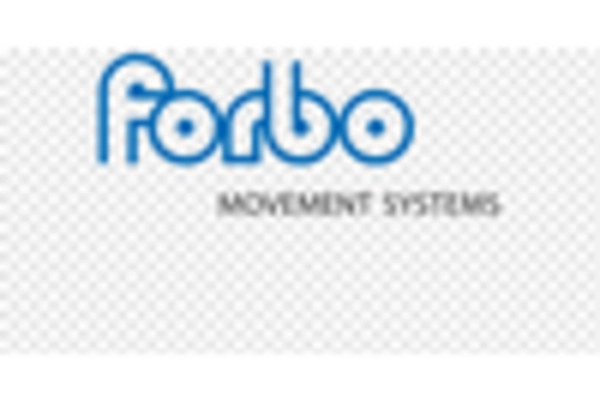

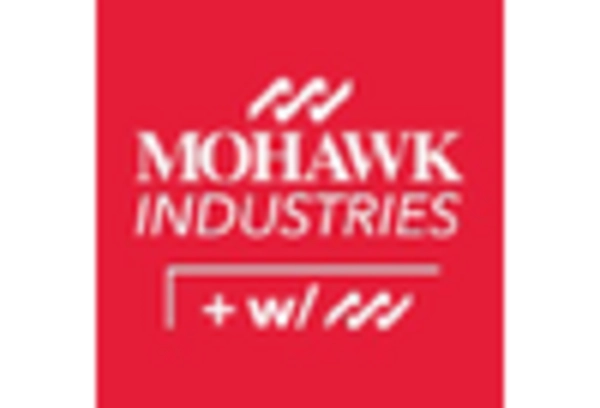










Leave a Comment